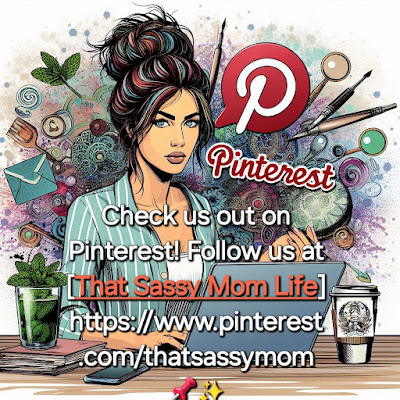First Aid Home Kit Checklist

 That Sassy Mom Life
That Sassy Mom Life

For everything you need to navigate the wonderful chaos of motherhood, visit That Sassy Mom Life! 🤱💖 From parenting tips and fun activities to self-care advice and relatable stories, we're here to help you thrive and enjoy every moment of your mom journey.
Explore Tranquil Home and Garden for all things home decor, gardening tips, and serene living. 🌸🏡 Whether you're looking to create a peaceful oasis or need practical gardening advice, we've got you covered.
For more delightful baby shower ideas, tips, and inspiration, be sure to visit our sister site, Positively Enchanting! You'll find a treasure trove of resources to make your celebrations even more magical and memorable. 💕🎉
And for those who love being prepared and self-sufficient, visit The Sassy Prepper! 💪📦 From survival skills to prepping tips with a touch of sass, it's your go-to source for staying ready for anything life throws your way.
For more amazing DIY beauty content, sugar scrub recipes, glycerin soap tutorials, and tips on foods for skin health, visit Beauty Rebel Revolution! 🧖♀️✨ Discover how to create your own body mists and more, all designed to help you feel fabulous and pampered.
And for delicious juicing recipes that boost your health and vitality, head over to That Juicing Mom! 🍹🍏 Find a variety of refreshing and nutritious juices to keep you energized and glowing.
For all things meditation, spirituality, angel numbers, and raising your vibe, visit Sassy Soul Society! ✨🧘♀️ Discover tips on finding your soul tribe and embracing your spiritual journey. Join us for a path to higher vibrations and soulful connections.

For even more inspiration, check us out on Pinterest! Follow us at [That Sassy Mom Life](https://www.pinterest.com/thatsassymom) and [Sassy Mom Life](https://www.pinterest.com/sassymomlife) for a little dose of creativity, tips, and fun ideas. 📌✨
